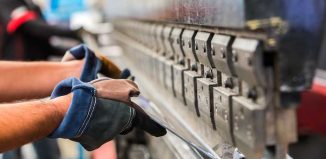In the realm of construction, every project begins with a strong foundation. Concrete starter bars, often overlooked but crucial, play a vital role in ensuring the structural integrity of a building. These reinforcing steel bars provide a secure connection between new and existing concrete structures, ensuring they act as a unified whole. In this comprehensive guide, we will explore the use and importance of concrete starter bars, discuss the different types available, and provide valuable insights on choosing the right one for your specific application.
The Use and Importance of Concrete Starter Bars
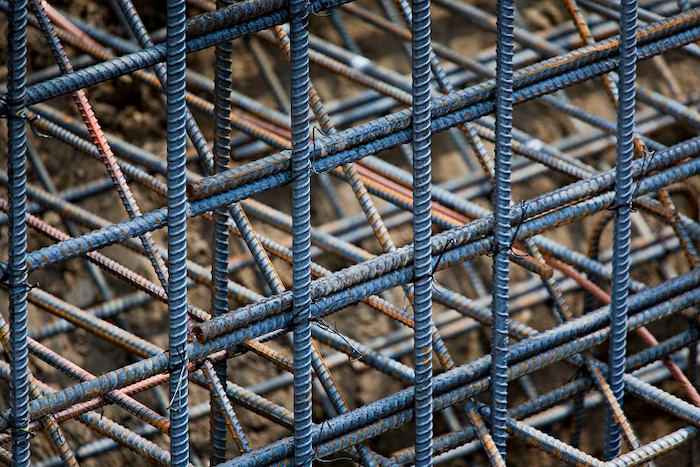
Concrete starter bars, also known as rebar starter bars or reinforcement dowels, serve as connectors between two concrete elements. They are primarily used in construction scenarios where new concrete sections need to be joined to existing ones, such as in the case of extensions, additions, or repairs. The importance of these humble steel bars cannot be overstated, as they contribute to the following critical aspects of construction:
Structural Integrity: Starter bars ensure the structural integrity of the building by creating a continuous load path from one concrete section to another. This helps distribute loads evenly and prevents the development of weak points.
Load Transfer: They enable the transfer of loads, including dead loads and live loads, from one concrete element to another. This is crucial for maintaining stability and preventing structural failure.
Concrete Bonding: Starter bars promote a strong bond between the new and existing concrete surfaces. This bond enhances the overall strength of the structure and minimizes the risk of cracking or separation.
Durability: They play a role in enhancing the durability of the structure by reducing the chances of corrosion or weakening at the joint interface.
Sustainability: Properly installed starter bars can extend the lifespan of a building, contributing to sustainability efforts by reducing the need for frequent repairs or replacements.
Different Types of Concrete Starter Bars
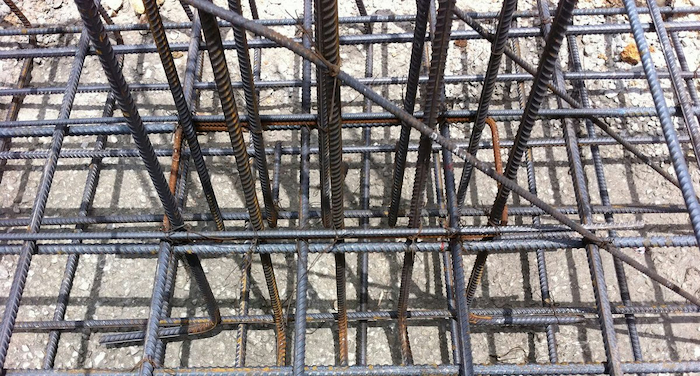
Concrete starter bars come in various types, each designed to meet specific construction requirements. The choice of starter bars depends on factors such as the project’s scale, load capacity, environmental conditions, and construction methods. Here are some common types:
Threaded Starter Bars: Threaded starter bars feature threads on one or both ends, allowing for easy connection to reinforcement cages or couplers. They are often used in projects requiring precise alignment and load transfer.
Unthreaded Starter Bars: Unthreaded starter bars are smooth, with no threads. They are typically used in simpler applications and can be cut to the desired length on-site.
L-Shaped Starter Bars: L-shaped starter bars have one end bent at a right angle to form an “L” shape. They are commonly used in vertical or wall-to-slab connections, providing stability and load transfer.
J-Shaped Starter Bars: J-shaped starter bars have one end curved to form a “J” shape. They are frequently employed in situations where hooks are needed to anchor the bars into existing concrete.
Cage Starter Bars: Cage starter bars are designed to be integrated into the reinforcement cage during precast concrete manufacturing. They provide a secure connection point for future construction phases.
Flanged Starter Bars: Flanged starter bars have a wider, flat section at one end, allowing for increased bonding surface and load-bearing capacity. They are suitable for heavy-duty applications.
Choosing the Right Concrete Starter Bar
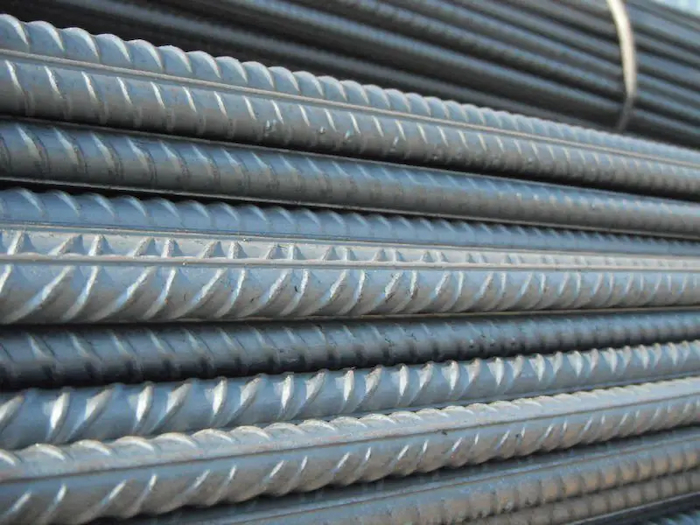
Selecting the appropriate concrete starter bar is critical to the success of your construction project. Here are some key considerations to help you make an informed choice:
Project Requirements: Assess the specific needs of your project, including the type of concrete elements you are connecting, load-bearing requirements, and environmental conditions.
Material: Choose starter bars made of high-quality, corrosion-resistant materials such as stainless steel or galvanized steel for long-term durability, especially in outdoor or marine environments.
Bar Diameter: Consider the diameter of the starter bar, which should be appropriate for the expected loads and structural design. Larger diameter bars offer greater load-bearing capacity.
Length: Determine the required length of the starter bars based on the thickness of the concrete sections they are connecting. Ensure that they extend adequately into both the new and existing concrete.
Threaded or Unthreaded: Decide whether threaded or unthreaded starter bars are more suitable for your project. Threaded bars provide better alignment and ease of connection, while unthreaded bars are more versatile for on-site adjustments.
Bending and Shaping: If your project requires bent or shaped starter bars, ensure that they are fabricated accurately to match the required specifications.
Installation Method: Consider the installation method, whether it involves embedding the starter bars directly into fresh concrete or using mechanical couplers for added strength and alignment.
Compliance with Standards: Ensure that the chosen starter bars comply with relevant construction standards and codes to guarantee structural safety and regulatory compliance.
Environmental Factors: Take into account the environmental conditions of the construction site, such as exposure to moisture, chemicals, or aggressive agents. Select starter bars that are resistant to corrosion or apply appropriate coatings for protection.
Consultation with Engineers: When in doubt, consult with structural engineers or construction professionals who can provide expert guidance on selecting the right starter bars for your specific project.
Installation and Maintenance
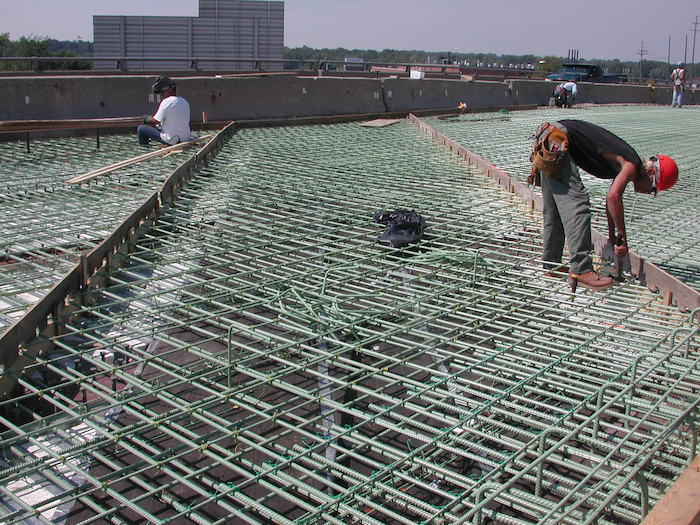
Proper installation and maintenance of concrete starter bars are essential for their long-term effectiveness. Here are some guidelines to follow:
Installation: Ensure that starter bars are securely embedded into the concrete, reaching the required depth and alignment. Use appropriate anchoring methods or couplers as needed.
Spacing: Maintain proper spacing between starter bars, as per engineering specifications, to evenly distribute loads and prevent overcrowding.
Protection: Protect starter bars from damage during the concrete pouring process and subsequent construction phases. Use protective caps or sleeves when necessary.
Corrosion Prevention: Implement corrosion prevention measures, such as applying corrosion-resistant coatings or using galvanized or stainless steel bars, to extend the service life of the starter bars.
Regular Inspection: Periodically inspect the condition of starter bars in existing structures, looking for signs of corrosion, cracking, or movement. Address any issues promptly to prevent structural degradation.
Conclusion
Concrete starter bars may be small in size, but their role in construction is monumental. They are the unsung heroes that ensure the strength, stability, and durability of structures by facilitating secure connections between concrete elements. Choosing the right starter bar involves careful consideration of project requirements, material selection, diameter, length, and installation method. By paying attention to these details and adhering to proper installation and maintenance practices, you can lay the foundation for construction excellence and the long-lasting success of your projects.

